Hikers on the PCT between the Suiattle Bridge and the Bridge Creek Trailhead on SR20 may be unaware they are walking routes that are at least 9,000 years old, probably much older.
Both Cascade Pass and Suiattle Pass can be reached from Stehekin. Both were major gateways between eastern and western Washington for natives living in the northern half of the state (Obviously the state did not exist then).
Stehekin is Salish for "The way through". It lies at the NW tip of Lake Chelan, a lake almost 50 miles long and not more than 1 mile wide. The lake is a gift left by a prehistoric glacier that cut through the Cascades like a knife leaving a lake as deep as 1500 ft, wedged between 6000 ft mountains. The opposite end of the lake is only 1 mile from, and 600 ft above the Columbia River.
Canoeing up the lake left only 27 miles overland to the Cascade Crest at Cascade Pass, or 28 miles to Suiattle Pass.
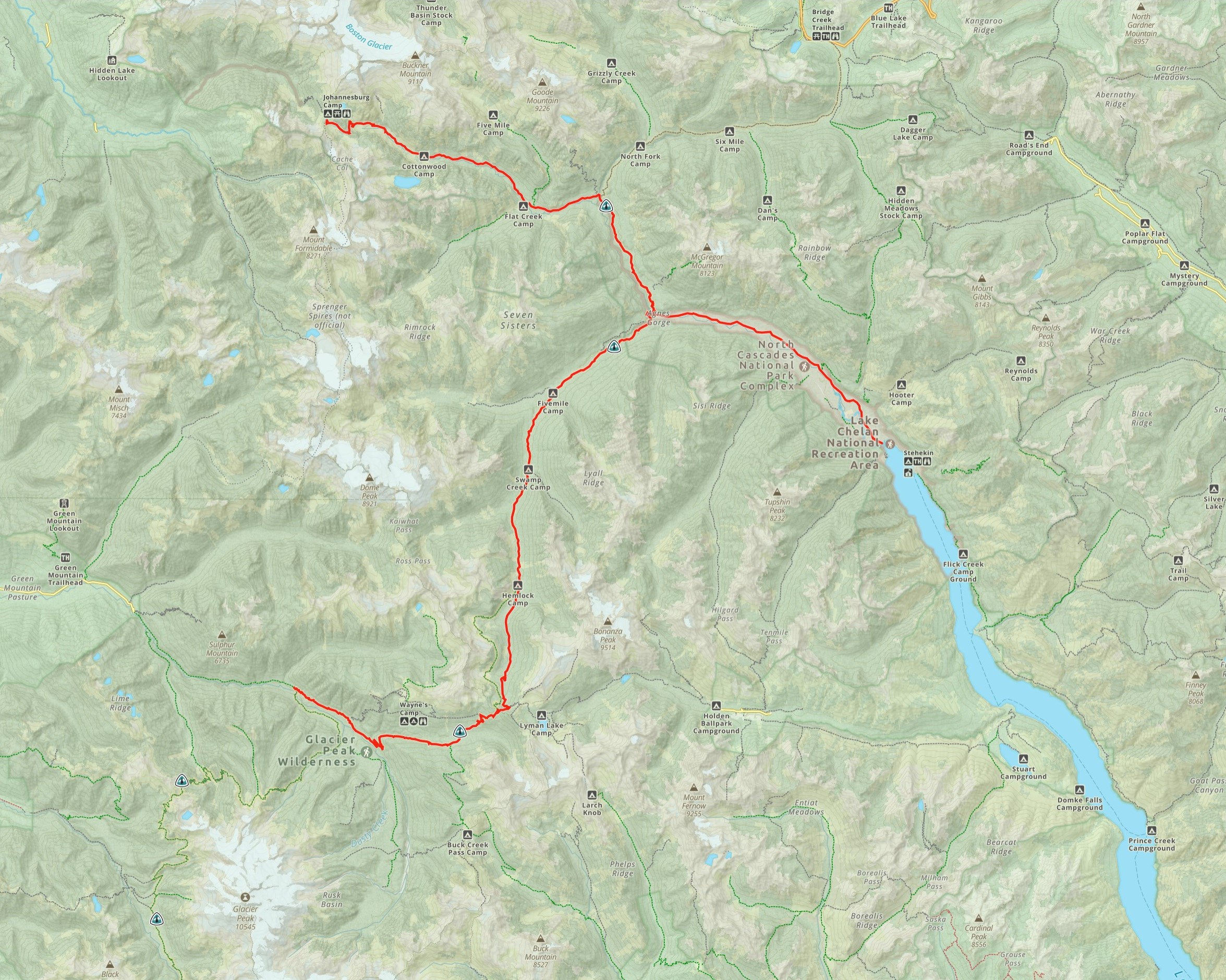
On the opposite side of the lake from the Golden West Visitors Center in Stehekin, there are pictographs on the cliff wall, painted over 5,000 years ago with ocher (iron oxide). They are visible only from a boat, as the cliffs plunge vertically into the lake water. The lake is 21' higher now than it was then (1927 dam), and there is debate about how the artist reached those cliffs. The Methow valley has similar pictographs.
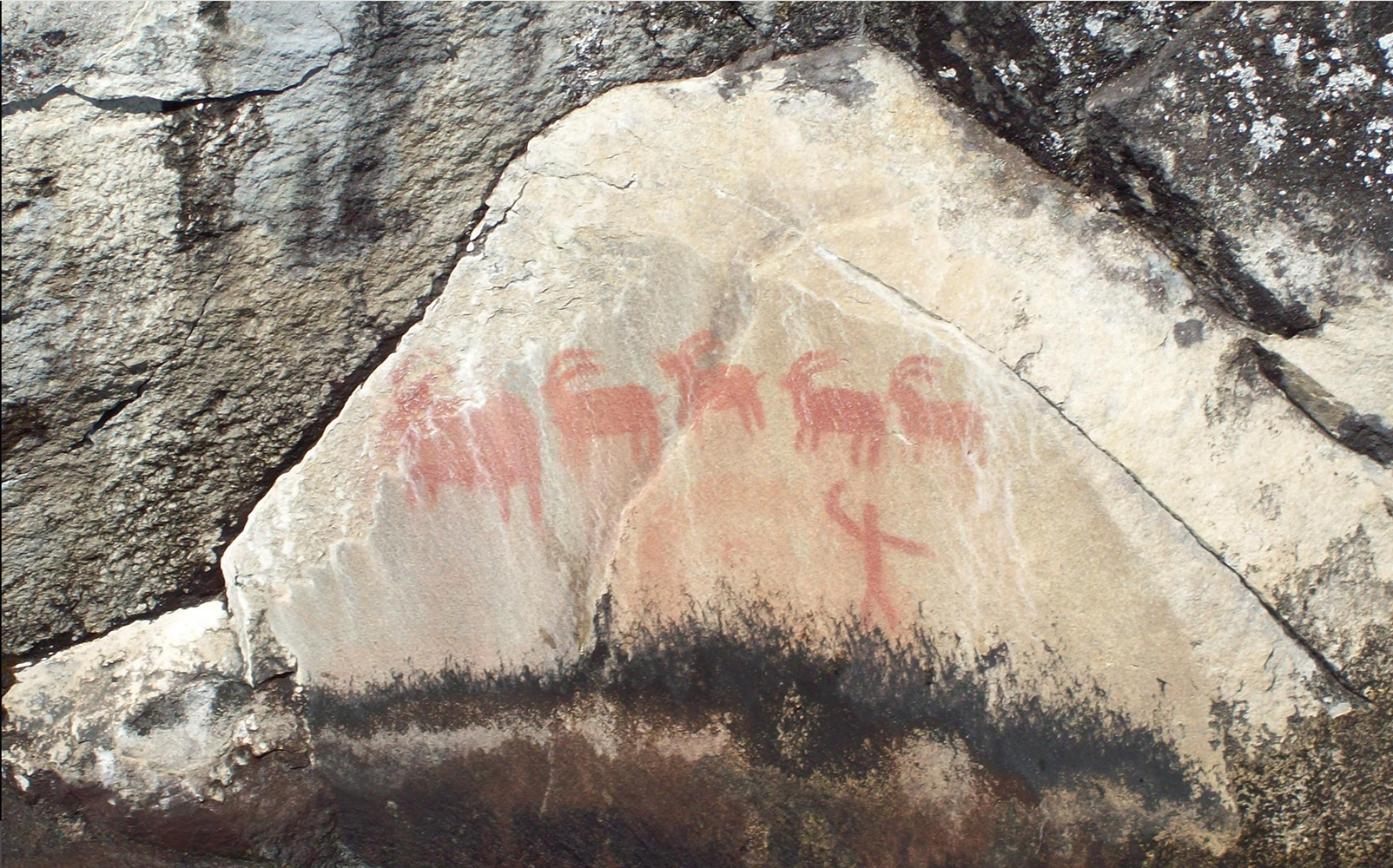
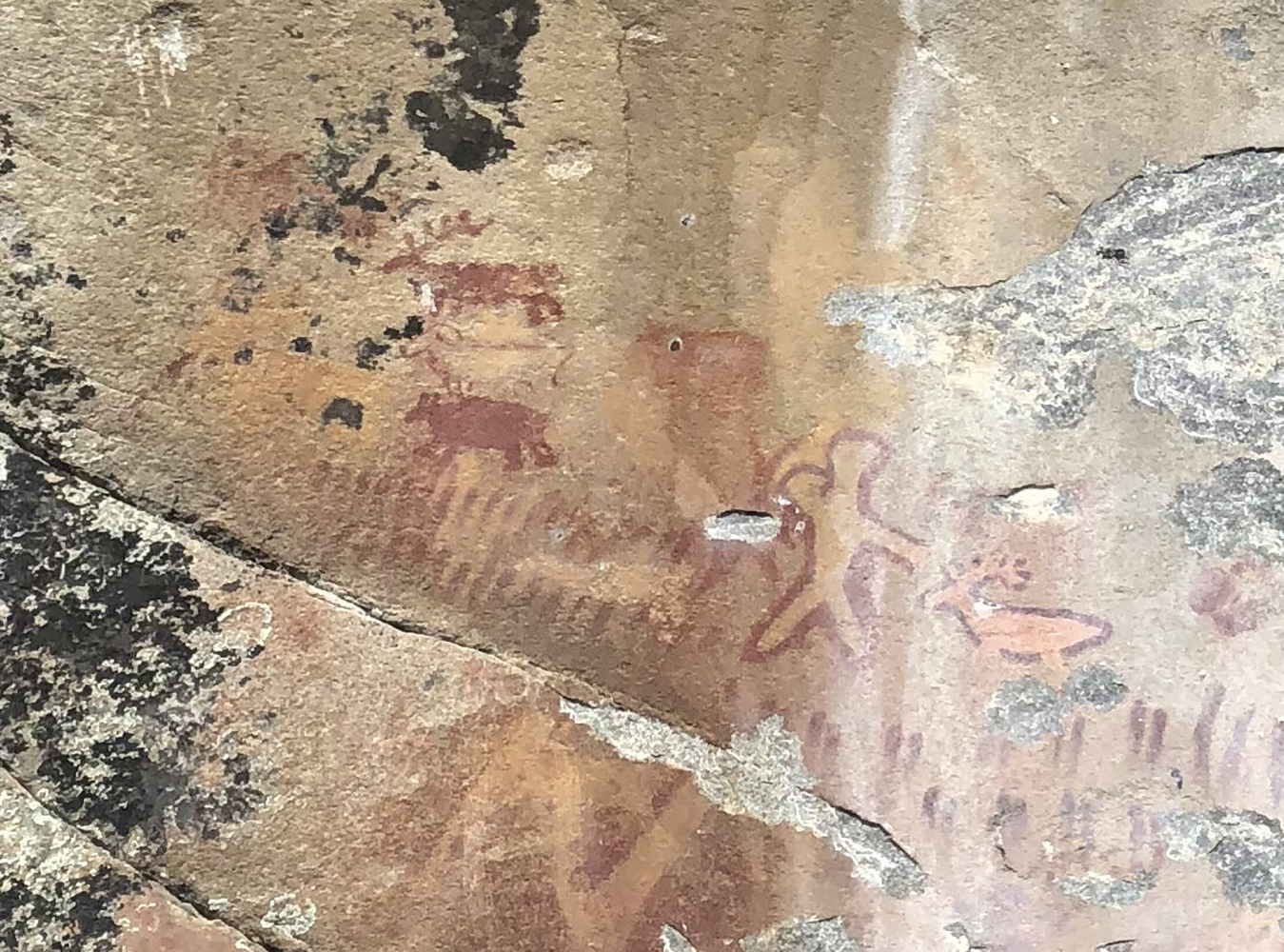
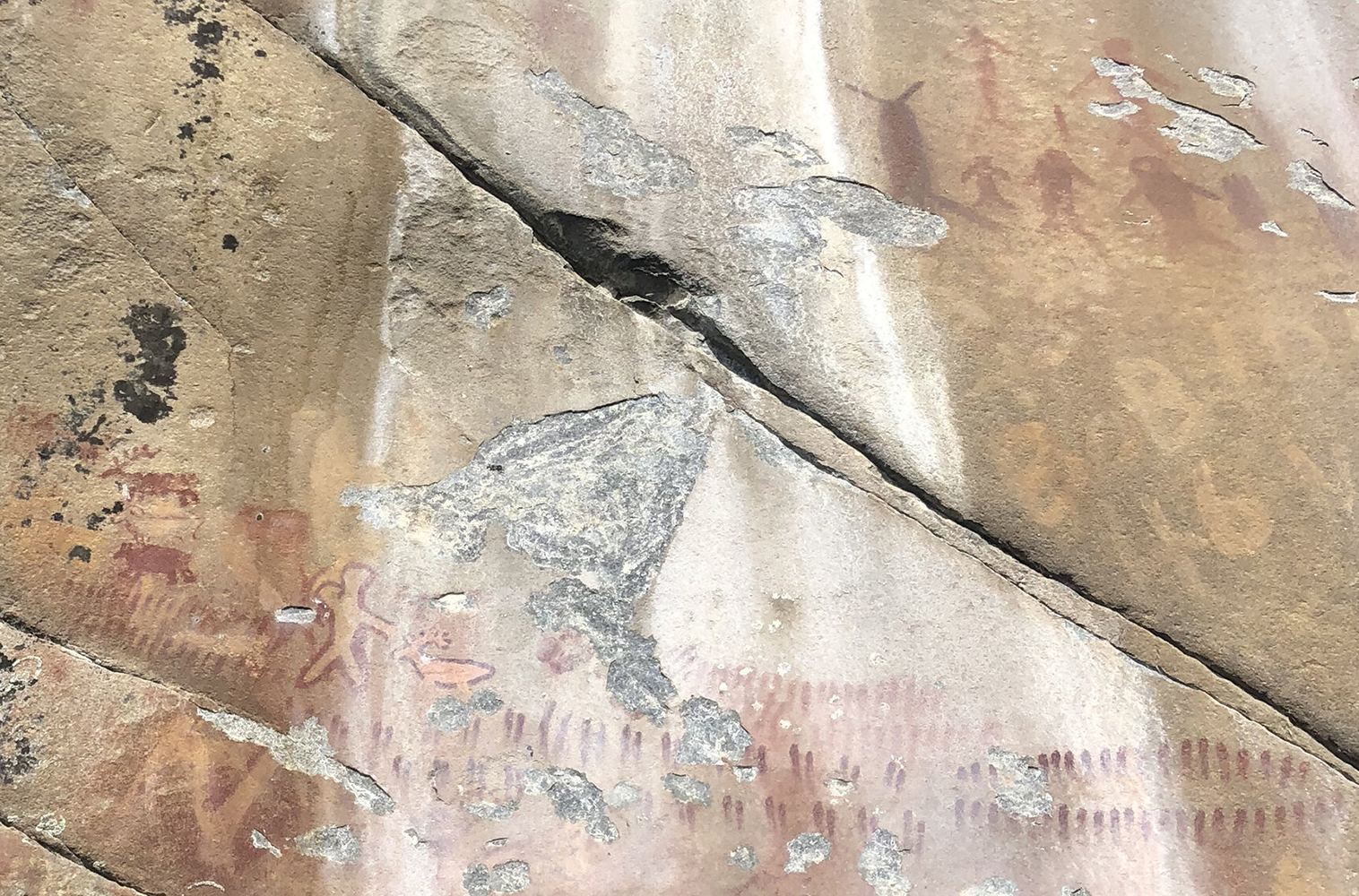
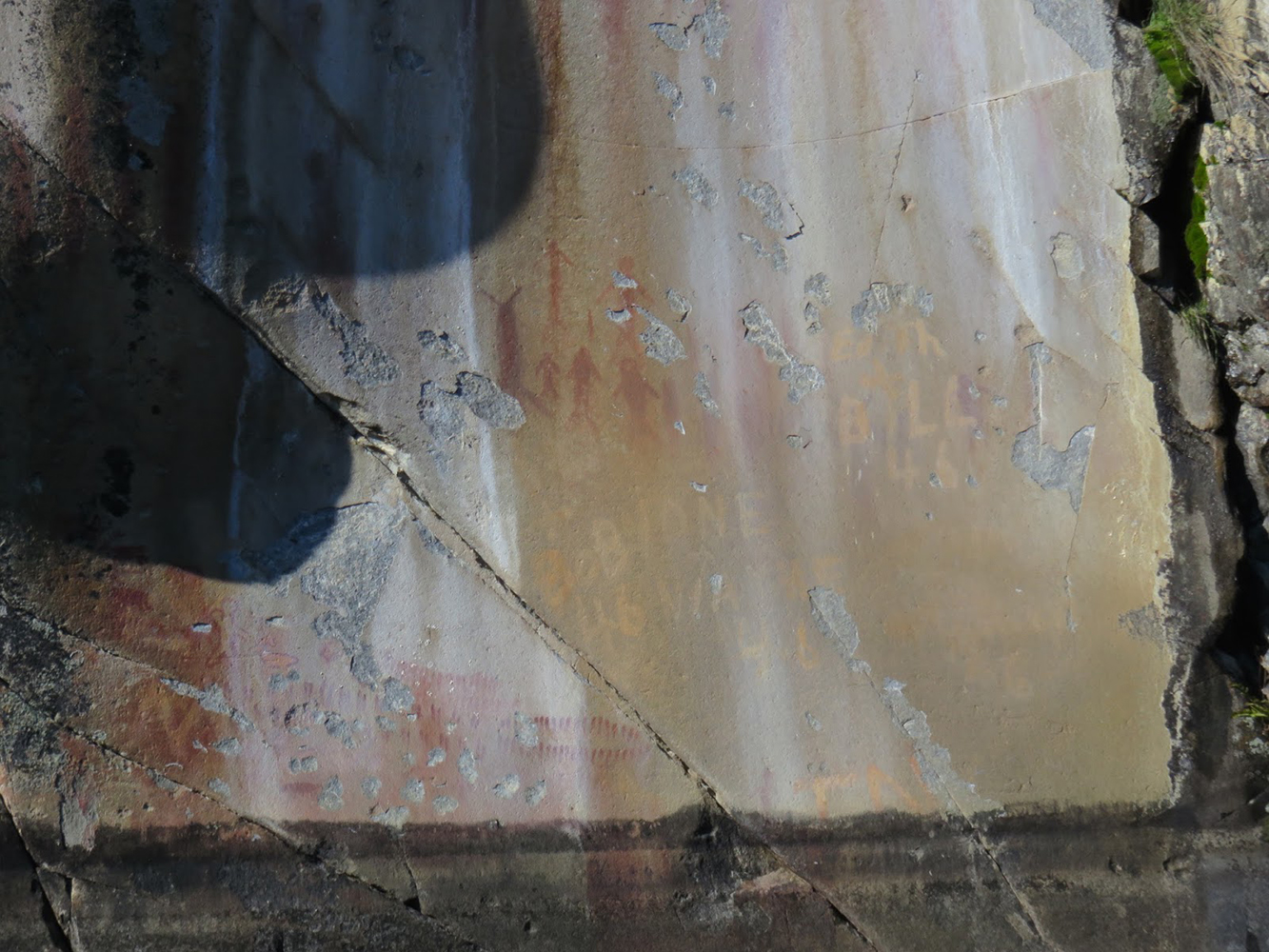
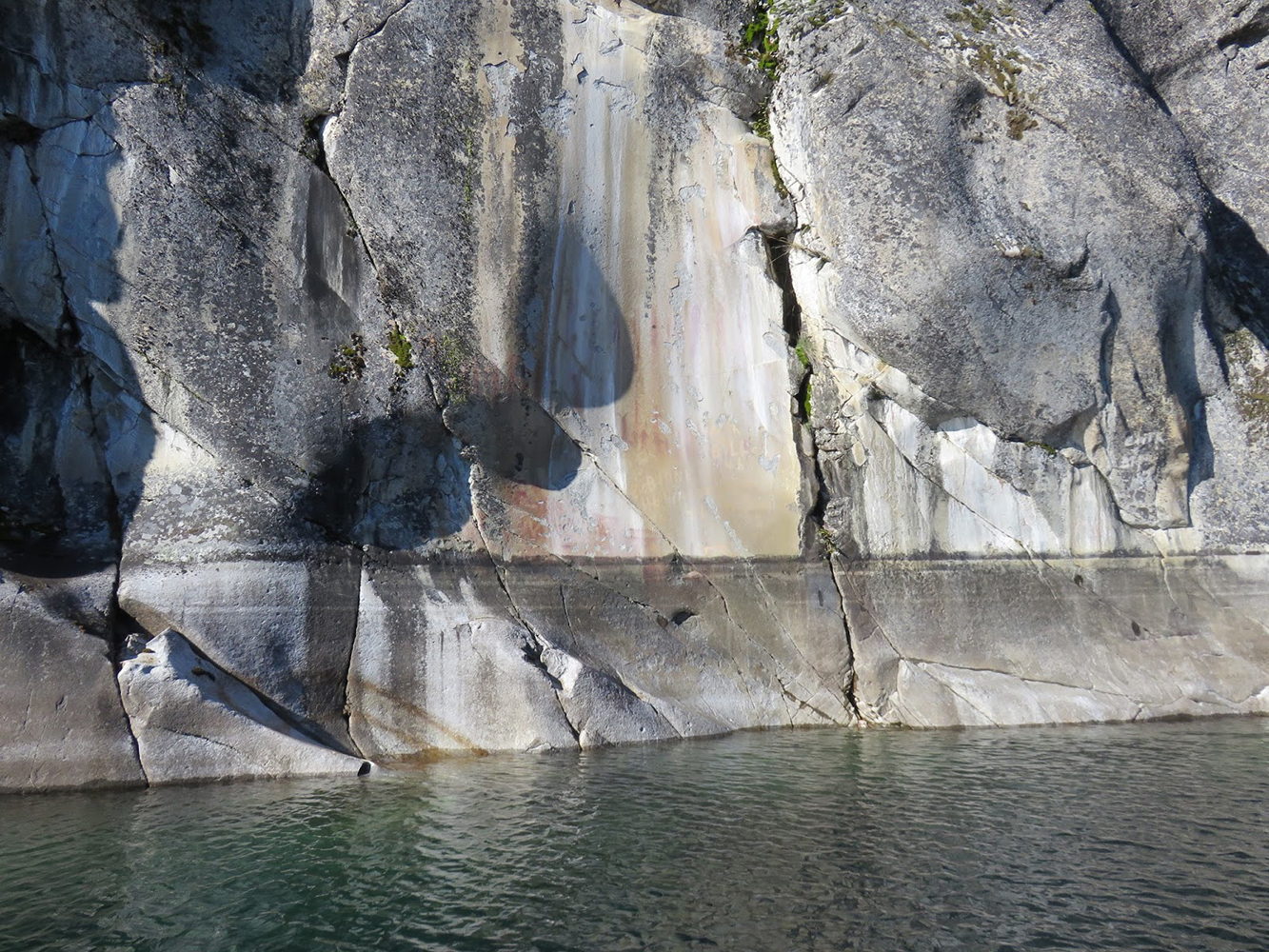
Besides the pictographs natives left little else to indicate they used this route, but archeological excavations at Cascade Pass in 2011 (Bob Mierendorf and Franklin Foit Jr.) revealed evidence of multiple crossings dating back at least 9,600 years using radio-carbon dating. In addition to charcoal and seeds, these campsites contained microblades made from quarts gathered at the pass. The oldest campsites were buried below ash from nine major volcanic eruptions (including the one that created Crater Lake Oregon, two from Mt St Helens, and one from Mt Baker).
Until recently archeologists thought travel over the Cascades was avoided by east and west tribes, but evidence shows so much traffic over the mountains that there seemed to be a desire to travel over the mountains beyond a need to do so. “With continuous and recurrent visitation for 9,600 years, we’re beginning to get the picture, these people were going up to the mountains to be in the mountains.” - Mierendorf. Archeologists are having to re-learn, the hard way, what local tribes surely knew already. Possibly the immediate loss of 80% of the native population due to disease from Europe also caused the sudden loss of some oral history.
Anyone wanting to learn more about the archeology at Cascade Pass can read Holocene Geochronology and Archaeology at Cascade Pass.